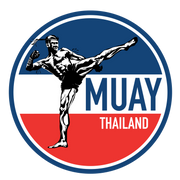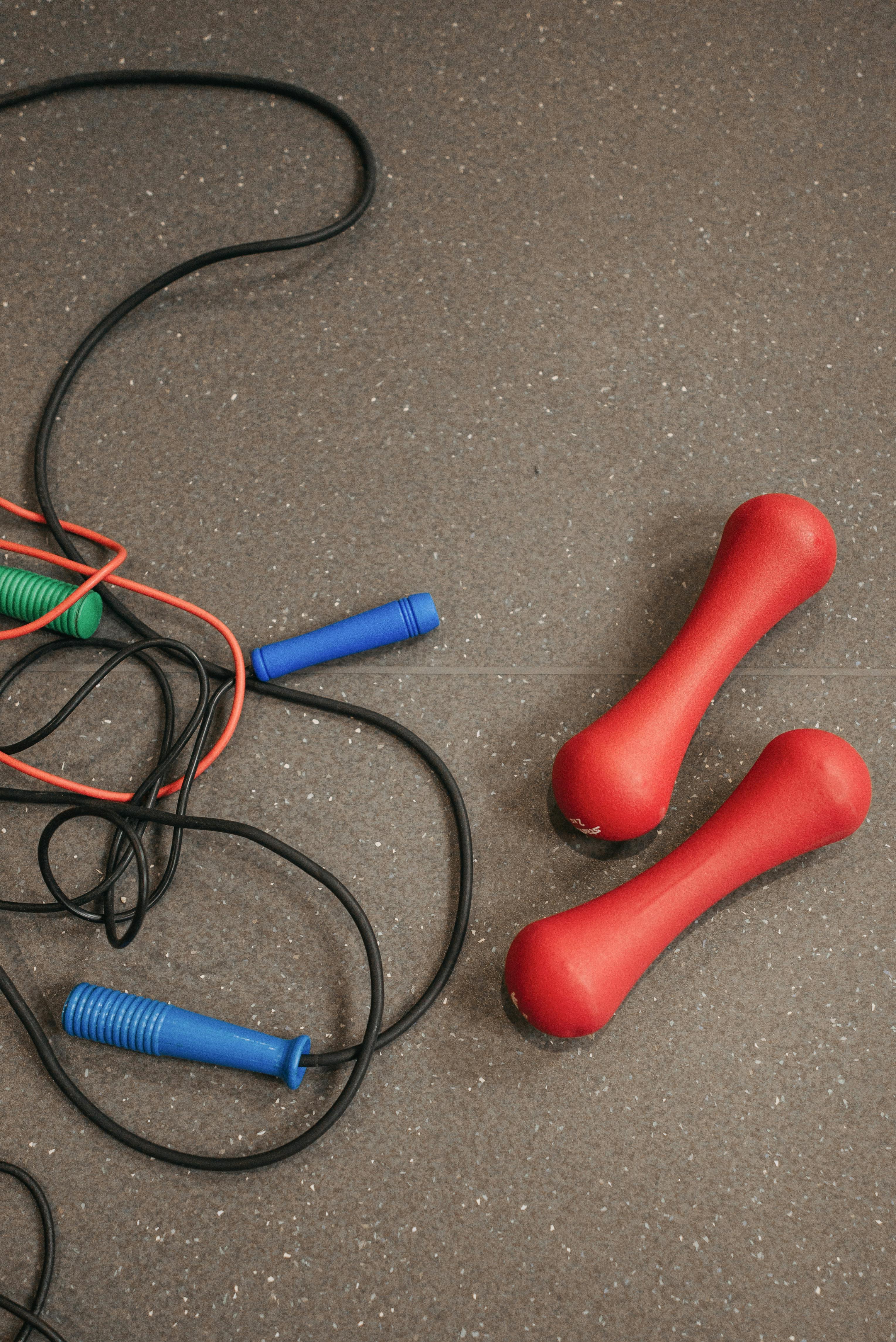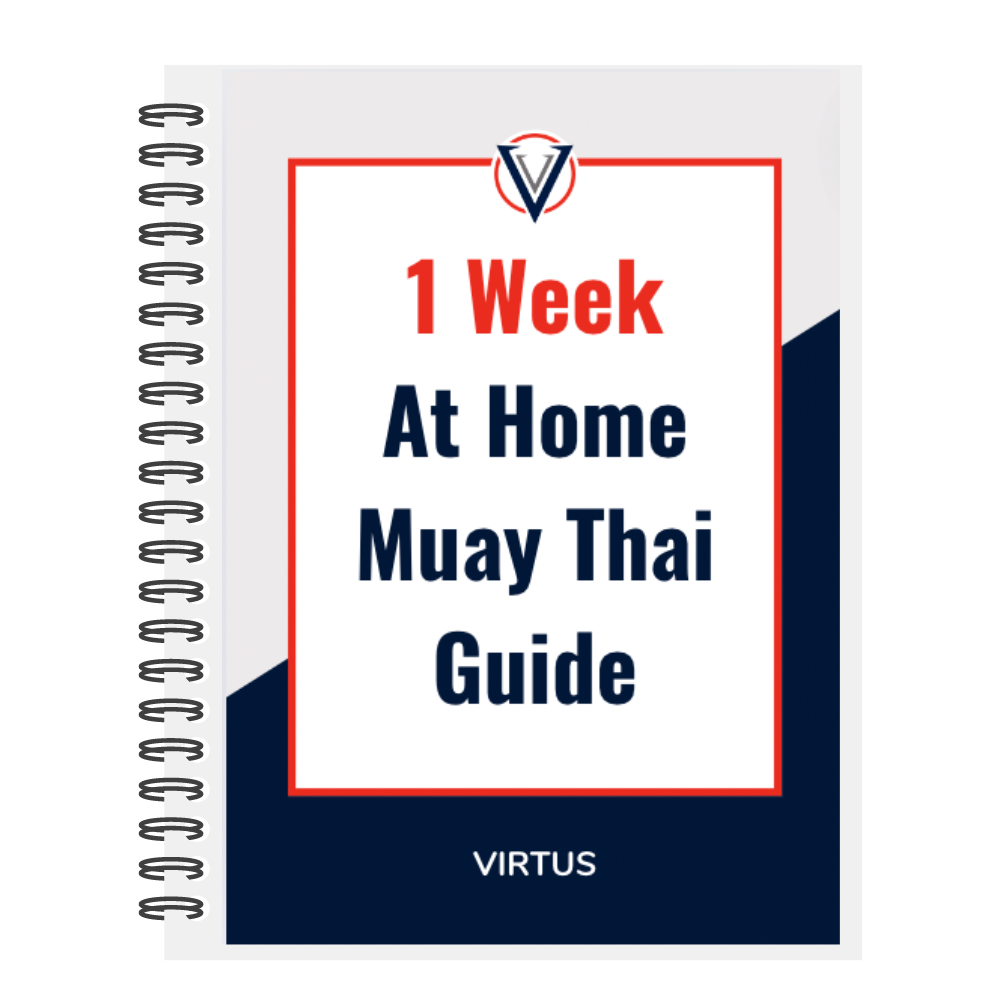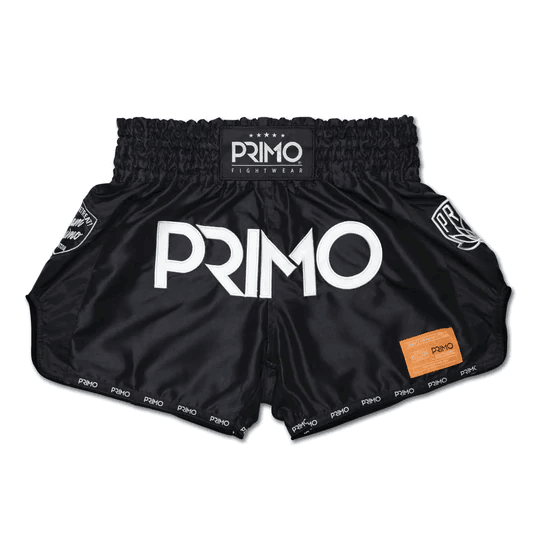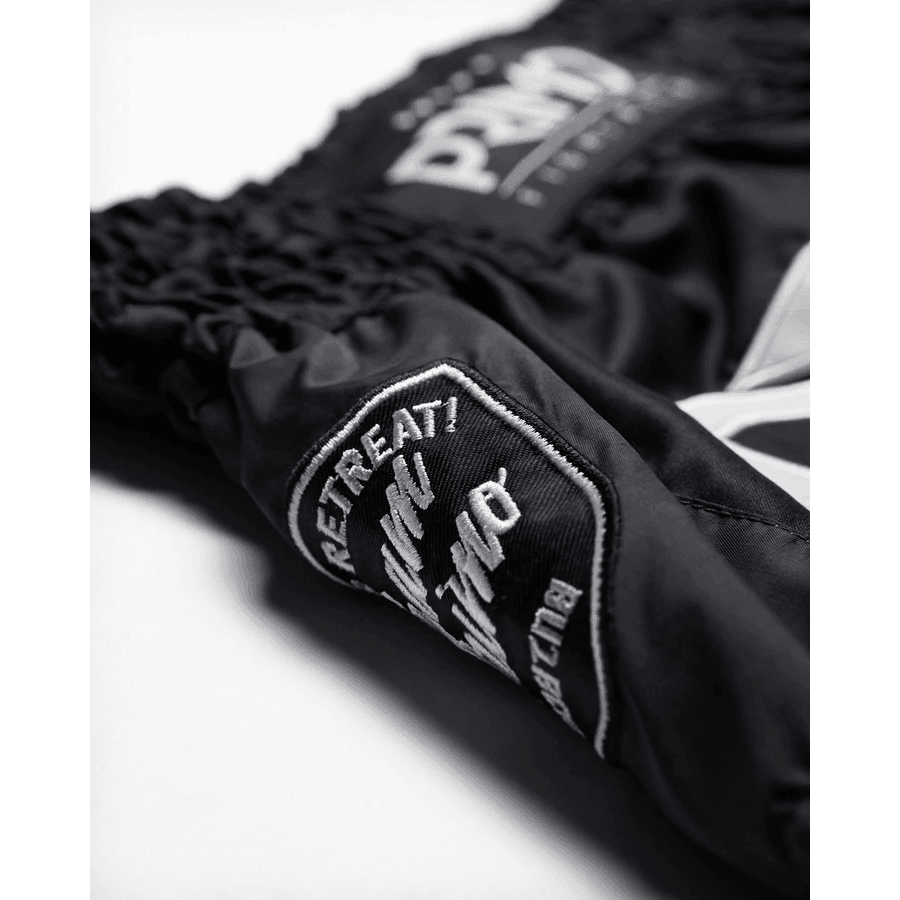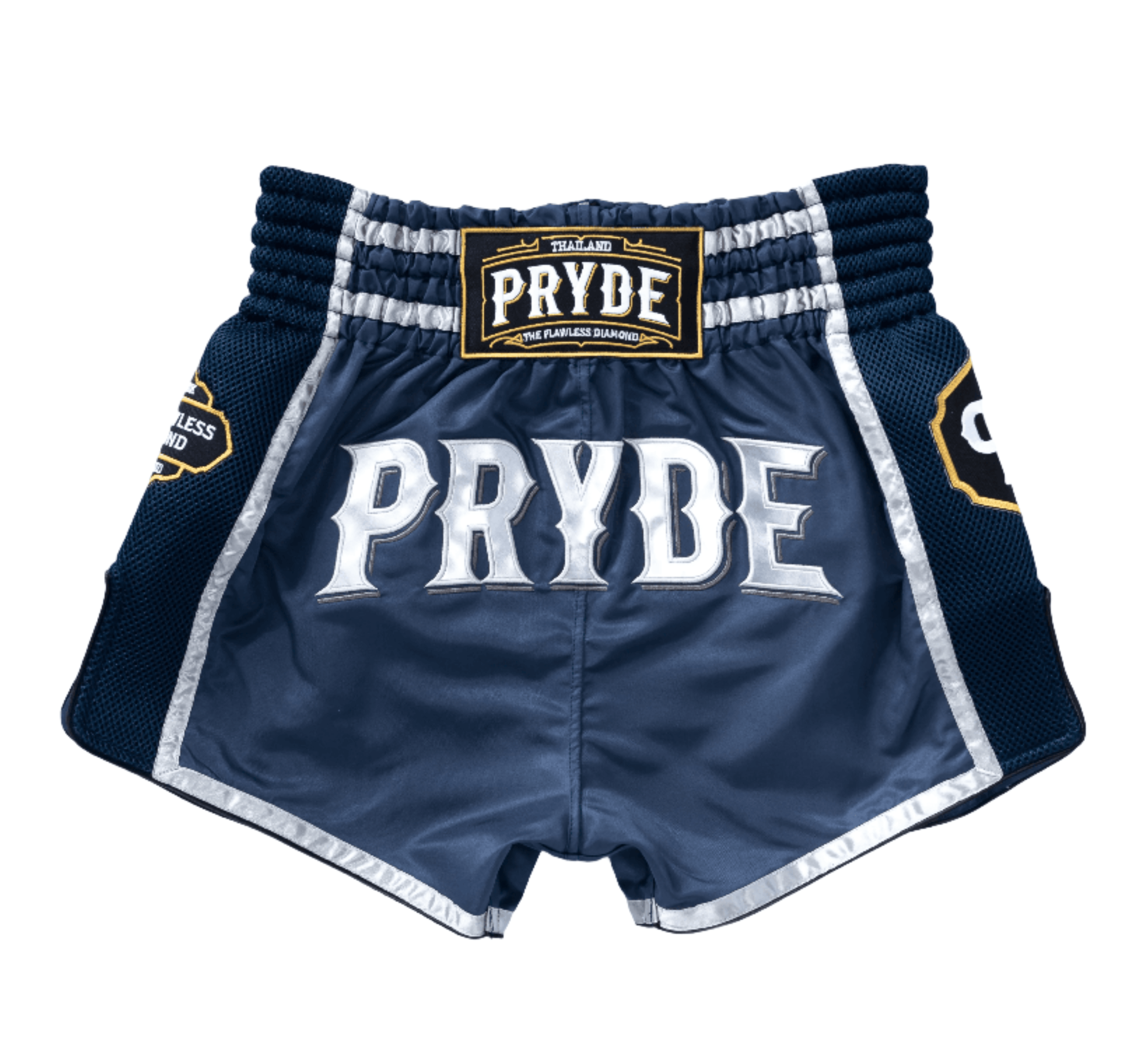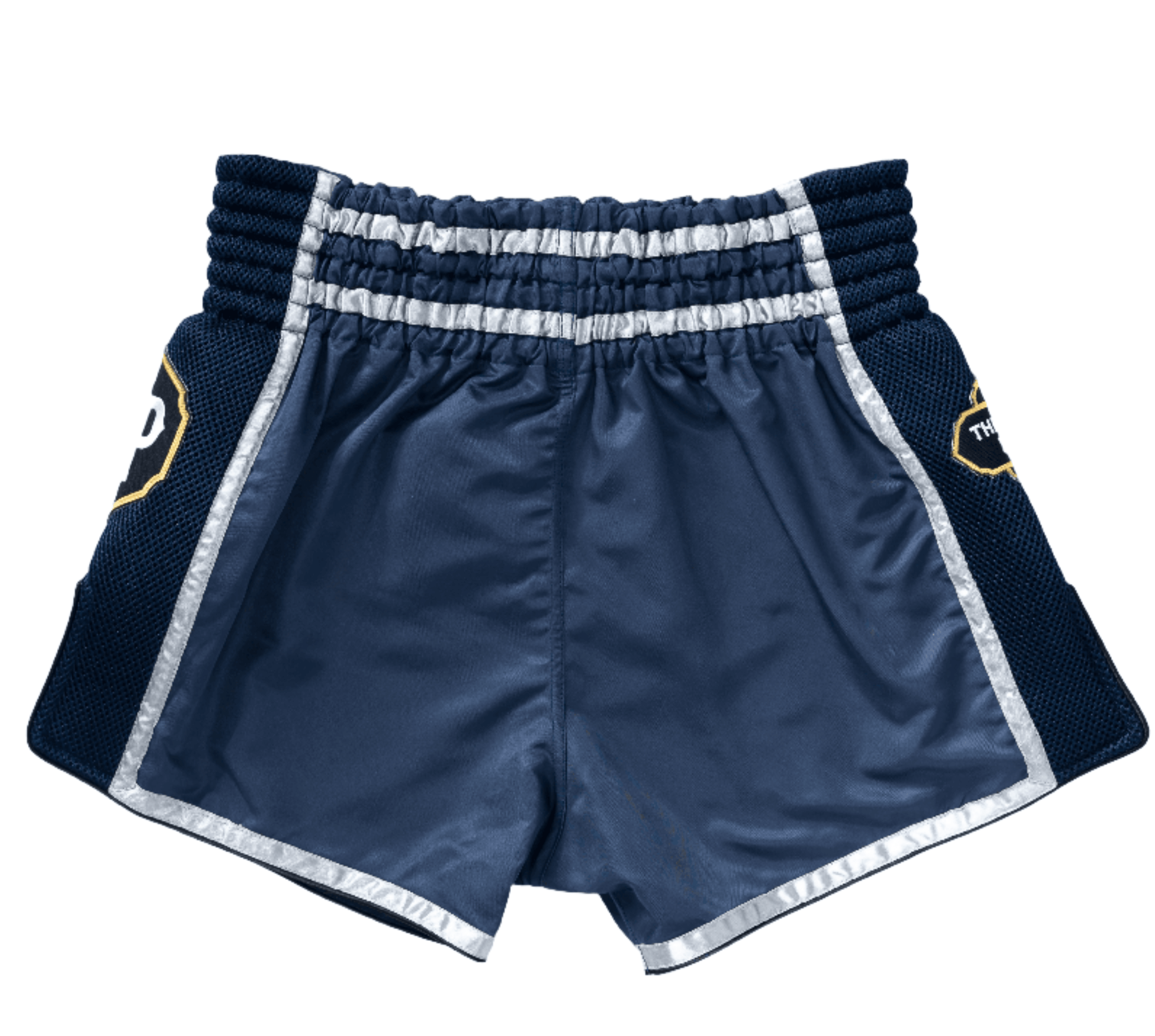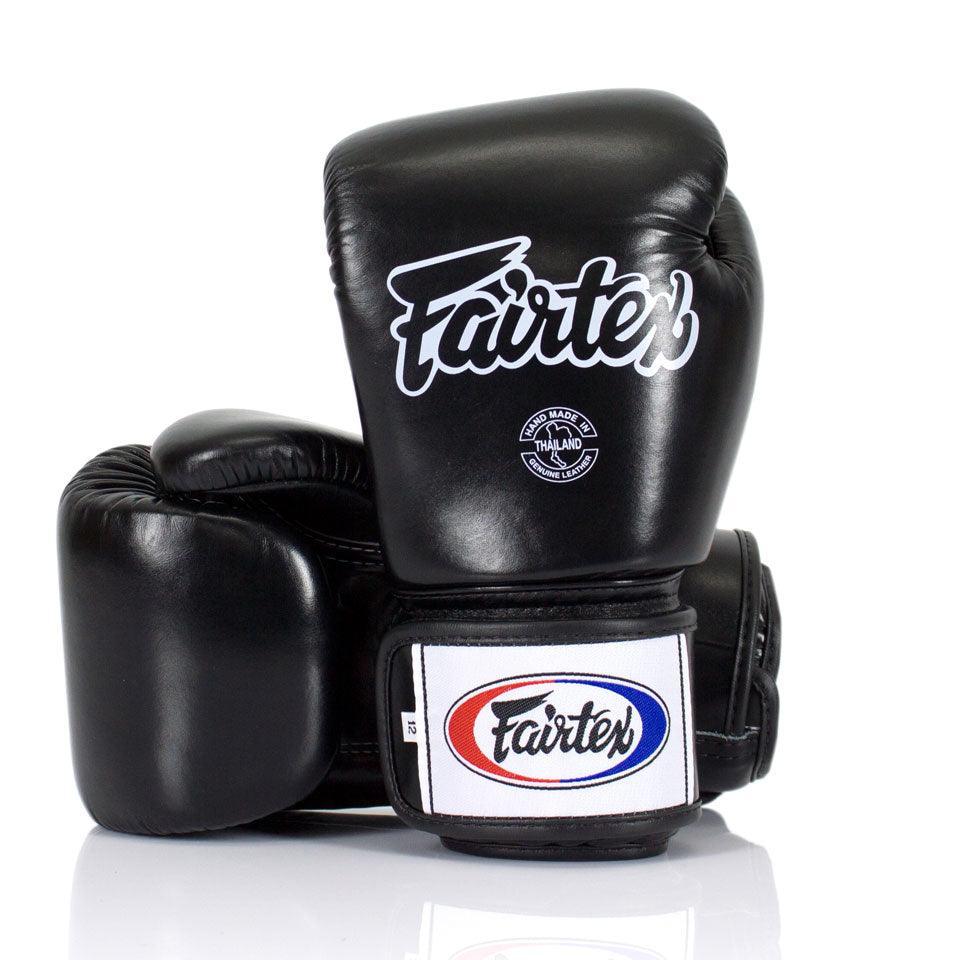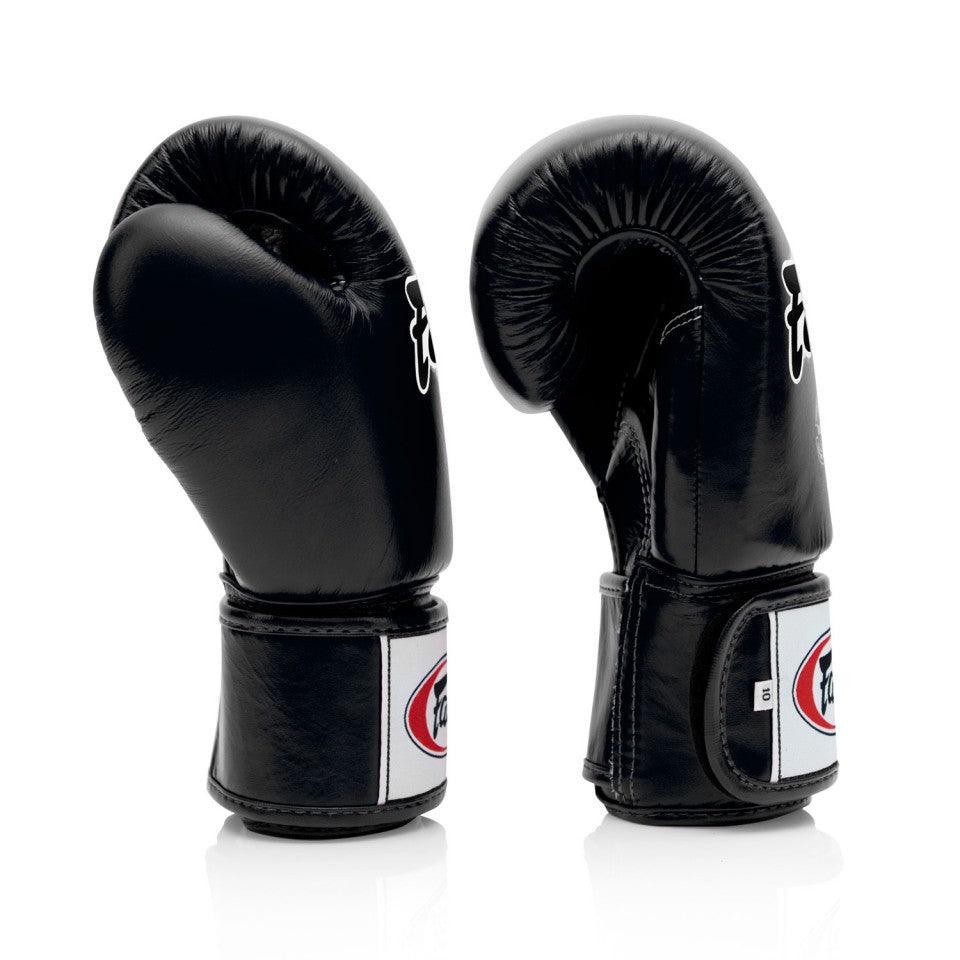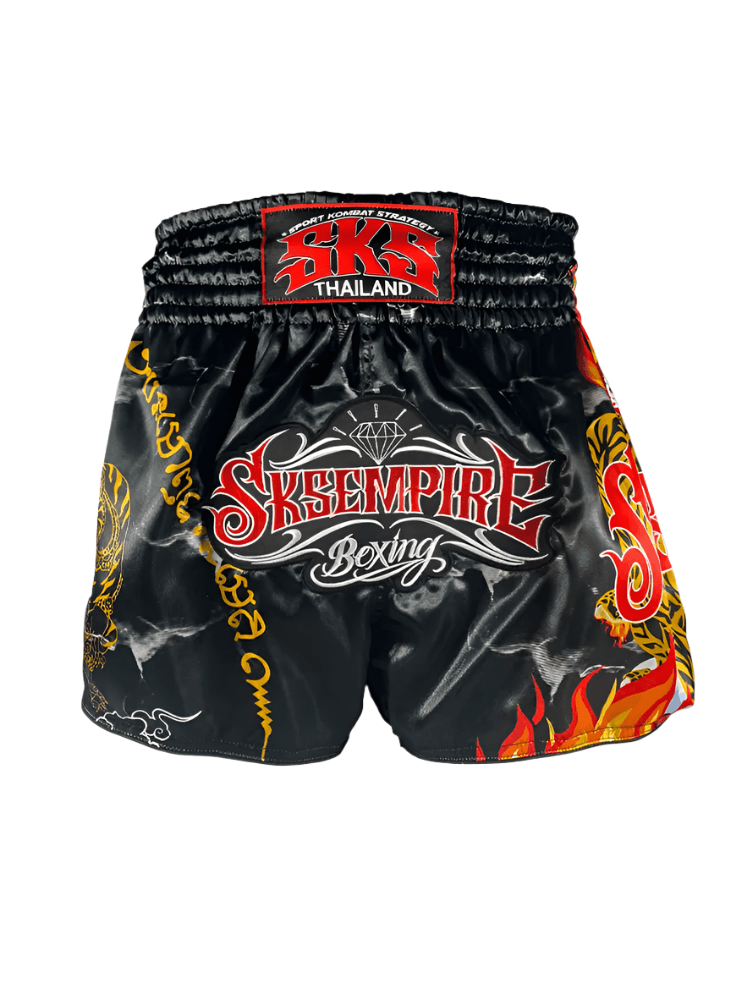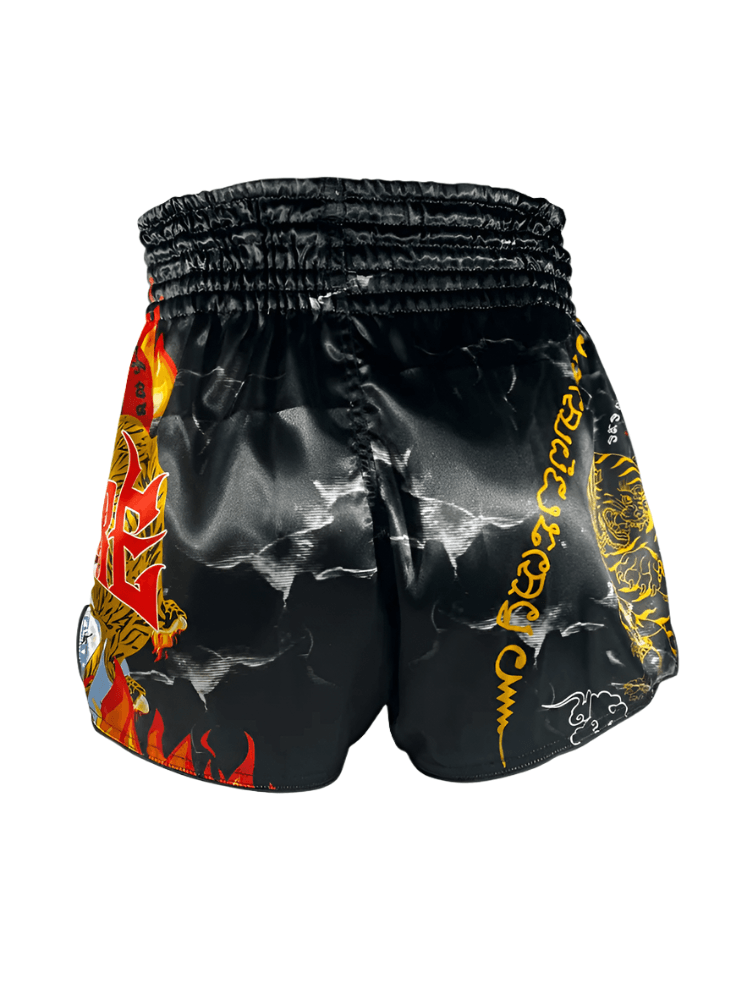Key Highlights
- It is possible to improve you Muay Thai skills - with the right direction and exercises.
- Shadow boxing, jump rope, high knees, push-ups, squats, sit-ups, leg raises, burpees, plank, and teep practice are all great exercises for building Muay Thai skills.
- Creating a structured weekly training plan is important for enhancing Muay Thai skills at home or on the go.
- Strength and conditioning training is crucial for developing power, strength, and endurance in Muay Thai.
- Starting strength and conditioning training early can have a significant compounding effect on your growth in the sport.
Introduction
Muay Thai is a complex martial art that is tough on the body and mind. Known as the "Art of Eight Limbs," it can takes months, if not years, to nail down the fundamentals of the sport, depending on how frequently you train. Whether you're a newbie or well experienced, implementing an at home (or on the go) exercise routine that complements your in-gym Muay Thai training can accelerate your learning, and recovery.
In this blog, we explore 10 essential exercises for building Muay Thai skills at home. These exercises target different muscle groups and help improve technique, stamina, speed, agility, and core strength. By incorporating these exercises into your training routine, you can enhance your performance in all types of training at the gym, as well as in competition.
Whether you're a beginner or an experienced fighter, these exercises can be tailored to your fitness level and goals. They can be done with minimal equipment and in the comfort of your own home.
10 Essential Muay Thai Exercises for Home Training
While training at a gym or with a trainer is crucial for overall skill development and conditioning, there are also exercises for Muay Thai that can be done at home to supplement your training. Incorporating these exercises into your routine will help you improve your technique, power, speed, and endurance. Let's take a closer look at each exercise and how it can benefit you as a Muay Thai athlete.
1. Shadow Boxing to Improve Technique and Stamina
Shadow boxing is a fundamental exercise for Muay Thai fighters. It allows you to practice your technique, footwork, and movement patterns without the need for a training partner or equipment. Shadow boxing helps you develop precision and control in your strikes, as well as improve your stamina and conditioning. It also gives you the freedom to be creative with techniques and movement, making it a great way to prepare for sparring sessions.
When shadow boxing, focus on maintaining good form and technique. Don't be sloppy as this will transfer to your technique on Thai pads and heavy bags. Visualize an opponent in front of you and throw punches, kicks, elbows, and knees with proper technique and power. Move around the room, practicing different combinations and footwork patterns. If used as a warm-up to a more extensive workout session, you can do 2 x 3 minute rounds or 1 5 minute round. If you're just working out through shadow boxing, you can break it down into 3 x 3 minute rounds, focusing on different techniques/combinations in each. Alternatively, you can incorporate a round of jab-cross punches with interval sprints for an added challenge and cardio boost. You can also have an extended round of 10-15 minutes, that gets progressively more intense as you loosen up.
For tips on how to improve your overall shadow boxing work, check out our dedicated guide to improving your shadow boxing.
2. Jump Rope for Cardiovascular Fitness and Footwork
Jump rope, or skipping rope, is a classic exercise for building cardiovascular fitness, coordination, and footwork. It is an essential exercise for Muay Thai fighters as it enables you to develop rhythm while moving your entire body - something you'll rely on when training and competing. Jumping rope helps improve your agility, timing, and endurance. If you're jumping with a heavy Muay Thai skipping rope, you will also be strengthening your shoulders and forearms.
To get the most out of your jump rope workout, focus on maintaining a steady rhythm and jumping with good form. Start with a light warm-up and gradually increase the intensity and speed of your jumps. When comfortable, incorporate different jump variations, such as single-leg jumps, double unders, and criss-crosses, to challenge your coordination and footwork. If you're using it as a warm-up to an longer exercise session, jump rope for 5-10 minutes. If you're just jumping rope, work for 10-15 minutes, progressively getting faster and more instense.
3. High Knees for Speed and Agility
High knees are a dynamic and effective exercise for building speed, agility, and leg strength. They target your quadriceps, hamstrings, and calves. This helps build your cardio, leg strength and hip flexibility - all of which are key components for Muay Thai skill development and conditioning.
To perform high knees, stand with your feet hip-width apart and start jogging in place. As you jog, lift your knees as high as possible, alternating between each leg. Engage your core and pump your arms to increase the intensity and speed of the exercise. Focus on maintaining a quick pace and proper form throughout the exercise.
Incorporate high knees into your training routine to improve your speed, agility, and overall performance in Muay Thai. We recommend using these are part of a warm-up and cool-down phase. Start with 30 seconds to 1 minute of high knees and gradually increase the duration as your fitness level improves.

4. Push-ups for Upper Body Strength
Push-ups are a classic exercise that target the muscles in your upper body, including your chest, shoulders, triceps, and core. They are a great exercise for building upper body strength, stability, and endurance, which are essential for powerful strikes in Muay Thai. It's likely that you'll do some pushups in all Muay Thai gym training, so it's best to work on them at home too.
To perform a push-up, start in a high plank position with your hands slightly wider than shoulder-width apart. Lower your body towards the ground by bending your elbows, keeping your core engaged and your back flat. Push through your hands to return to the starting position. Focus on maintaining good form and full range of motion throughout the exercise.
Pushups are a great component of warm-up and cool-down phases in an exercise routine. However, they can also be done alone. The number depends on your personal strength and capabilities. We recommend deciding on a number of sets and reps that will engage your muscles but not be overstrenuous. Once a week, test your max amount in one round and use that to extend the number of reps you do per round.
For example, say you do 3 sets of 15 reps for warm-up and then again during cool-down. At the end of the week, you test your max and can do 20 in one set. Then you can change it to 3 sets of 17/18 reps for warm-up and cool-down. Repeat and grow.
5. Squats for Lower Body Power
Squats are a fundamental exercise for building lower body strength, power, and stability. They target the muscles in your legs, including your quadriceps, hamstrings, and glutes, which are essential for generating explosive kicks and powerful strikes in Muay Thai.
To perform a squat, stand with your feet shoulder-width apart and toes slightly turned out. Lower your body by bending your knees and hips, keeping your chest up and your heels on the ground. Go as low as you can while maintaining good form, although we recommend going down to the point your thighs are parallel to the floor. Then push through your heels to return to the starting position. For added explosivity, as you push up, jump simulatenaously. Focus on maintaining proper form and full range of motion throughout the exercise. Front squats, where the barbell is held in front of the body, can also be incorporated into your lower body power routine for added variation and challenge.
Squats are a great addition to warm-ups and cool downs. Yet they can also be done alone with proper stretching afterwards to minimise soreness. Just like with our recommendation on pushups, decide on a number of sets and reps and once a week test your max amount in one round. Realign your sets and reps accordingly.
6. Sit-ups for Core Stability
Sit-ups are a classic exercise for building core strength and stability, which are essential for generating power and maintaining balance in Muay Thai. They target the muscles in your abdominals, obliques, and hip flexors.
To perform a sit-up, lie on your back with your knees bent and feet flat on the ground. Place your hands behind your head and engage your core. Lift your upper body off the ground by curling your spine and bringing your chest towards your knees. Lower your body back down to the starting position with control. Focus on maintaining proper form and engaging your core throughout the exercise.
Sit-ups, and the many variations of them, are best for warm-ups and cools downs when split into sets and reps. Regularly test out your max amount in one set.

7. Leg Raises to Strengthen the Hip Flexors
Leg raises are an effective exercise for targeting the hip flexors, which are important for generating power in kicks and knee strikes in Muay Thai. Strong and flexible hip flexors enable a wide range of motion for kicks and knees. They also engage the muscles in your lower abs and hip flexors, helping to strengthen your core.
To perform leg raises, lie on your back with your legs extended and your hands by your sides. Lift your legs off the ground by engaging your core and using your hip flexors. Keep your legs straight and lower them back down to the starting position with control. Focus on maintaining proper form and engaging your core throughout the exercise.
Leg raises are best for warm-ups and cools downs when split into sets and reps. Regularly test out your max amount in one set.
8. Burpees for Explosiveness and Endurance
Burpees are a full-body exercise that targets multiple muscle groups and improves explosive power, endurance, and cardiovascular fitness. They are a great exercise for developing overall athleticism and conditioning in Muay Thai.
To perform a burpee, start in a standing position. Drop down to a squat position and place your hands on the ground. Kick your feet back into a plank position, (add a push up at this stage for an added challenge) then immediately jump your feet forward to a squat position. From there, jump explosively into the air, reaching your hands overhead. Land softly and repeat the movement.
Burpees are explosive and involve a full-range of body motion. As such, they can be used constitute a short workout on their own when couple with a solid warm-up and cool-down either side. Alternatively, define sets and reps and use them as part of your warm-up and cool-down phases.
9. Plank for Core Strength and Balance
The plank is a static exercise that targets the muscles in your core, including your abs, back, and glutes. It is a great exercise for building core strength, stability, and balance, which are essential for maintaining a strong stance and generating power in Muay Thai. It's also very useful for conditioning your abdomen so that you can take body shots more comfortably.
To perform a plank, start in a push-up position with your hands directly under your shoulders and your toes on the ground. Engage your core and hold your body in a straight line from your head to your heels. Keep your abs tight and avoid sagging or raising your hips.
Regularly planking is a very useful way of building the muscles and endurance needed for Muay Thai training. We recommend ending all workouts with a plank. Either set a timer or simply see how long you can last. Control your breathing and steady your mind while planking.
10. Teep (Front Kick) Practice for Precision and Control
The teep is one of the most dynamic strikes in Muay Thai. When extended at full range and driven through with your hips, it can be a very powerful strike that unbalances and damages opponents. It can be used both defensively and offensively. Practicing it regularly not only helps develop precision and control but also helps build variety into your overall Muay Thai arsenal. We have a dedicated guide that details 5 ways to use the teep.
To practice the teep, stand with your feet shoulder-width apart and your hands up in a fighting stance. Lift your knee up towards your chest and extend your leg forward, striking with the ball of your foot. You can either drive your hips forward, thereby thrusting the foot, or you can straighten out the knee (or both) for a more jabbing strike. Focus on maintaining proper form, keeping your balance, and hitting your target with precision and control.
If you have a heavy bag or a wall you can use, teep practice is easily done at home. Simply stand in front of it and teep with alternating legs. Focus on rhytmn, control and precision. We recommend 100 teeps as a a great component of effective warm-up and cool-down phases.
Enhancing Your Muay Thai Skills at Home
Training Muay Thai at home can be challenging, but with the right exercises and a structured plan, you can enhance your skills and stay in shape. The exercises mentioned above target different aspects of Muay Thai, including technique, power, speed, agility, and endurance. By incorporating these exercises into your routine, you can continue to build your skills and improve your overall performance, even when you can't make it to the gym. Remember to stay motivated, stay consistent, and always prioritize safety when training at home.
Creating a Structured Weekly Training Plan
Creating a structured weekly training plan is essential for making progress in your Muay Thai skills at home. It helps you stay organized, track your progress, and ensure that you are targeting all aspects of your training. Here's a sample weekly training plan that you can adjust based on your fitness level and goals:
- Monday: Shadow boxing and jump rope for 15 minutes each. Strength training with push-ups, squats, and sit-ups.
- Tuesday: High knees and leg raises for 2 rounds of 2 minutes each. Endurance training with burpees and plank.
- Wednesday: Rest day.
- Thursday: Shadow boxing and jump rope for 15 minutes each. Strength training with push-ups, squats, and sit-ups.
- Friday: High knees and leg raises for 2 rounds of minutes each. Endurance training with burpees and plank.
- Saturday: Teep practice for 15 minutes. Cardiovascular training with interval sprints or jogging.
- Sunday: Rest day.
If you training regularly throughout the week at the Muay Thai gym, you can have some of these workouts in the morning before or afternoon afterwards. However you organise the schedule, make sure there are rest days. Effective recovery is critical for muscle growth, minimising injuries and skill development.
Incorporating Flexibility and Mobility Work into Your Routine
Flexibility and mobility are crucial components of Muay Thai training. Incorporating specific exercises into your routine can improve your performance and reduce the risk of injuries. A combination of dynamic and static stretching exercises can help increase your flexibility and range of motion. Dynamic stretches, such as leg swings and arm circles, help warm up your muscles and prepare them for the intense movements in Muay Thai. Static stretches, such as hip openers and hamstring stretches, should be performed after your training session to improve flexibility and prevent muscle imbalances.
Additionally, incorporating mobility exercises, such as shoulder rolls and hip rotations, as well as yoga, can enhance your overall movement quality and help you perform techniques with more precision and power. By dedicating time to flexibility, mobility, and yoga work, you can enhance your Muay Thai skills and stay (almost) injury-free.
We also have a guide specifically focused on developing your flexibility for Muay Thai.
Staying Motivated and Tracking Progress
Setting achievable goals is key to staying motivated in your Muay Thai training. By defining clear and measurable objectives, you give yourself a roadmap to success. Whether it's mastering a new technique or increasing your workout intensity, goals keep you focused and driven. Use the SMART methodology for creating realistic goals.
Another great way to stay motivated is by keeping a training log. Tracking your progress allows you to see how far you've come and where you still need to improve. It's a powerful tool for staying accountable and celebrating your successes along the way. By recognizing your accomplishments, no matter how small, you can maintain enthusiasm and momentum in your home training regimen. Remember, progress is a journey, and every step forward counts towards becoming a better Muay Thai practitioner. Stay dedicated and keep pushing yourself towards your goals.
Conclusion
In conclusion, developing your Muay Thai skills at home is achievable with dedication and the right training plan. Incorporate these 10 essential exercises into your routine to enhance technique, strength, and endurance. Remember to stay motivated by setting achievable goals and tracking your progress. Whether you're a beginner or looking to advance your skills, consistent practice and focus will lead to significant improvements in your Muay Thai journey. Keep pushing yourself, stay disciplined, and enjoy the rewarding journey of honing your skills from the comfort of your home.
FAQs
How Long Does It Take to See Improvements in Muay Thai?
Results vary, but beginners may notice progress in 3-6 months with consistent training. One of the first improvement you're likely to see, especially if you have no other martial arts experience, is the integration of your hips into training. Advanced practitioners who incorporate extensive at home training routines that supplement their gym training might see improvements sooner. Dedication, proper technique, and regular practice are key factors influencing the speed of progress in Muay Thai.
Can I Train Muay Thai at Home Without Any Equipment?
Yes, you can train Muay Thai at home. All the exercises we mention above, besides skipping rope, are bodyweight exercises which can be executed without equipment. These exercises help improve technique, cardiovascular fitness, and strength
What Are the Best Ways to Avoid Injuries While Training at Home?
To prevent injuries during home training, warm up properly, use correct form, gradually increase intensity, listen to your body for signs of overtraining, incorporate rest days, wear appropriate gear, and seek professional guidance when needed.
